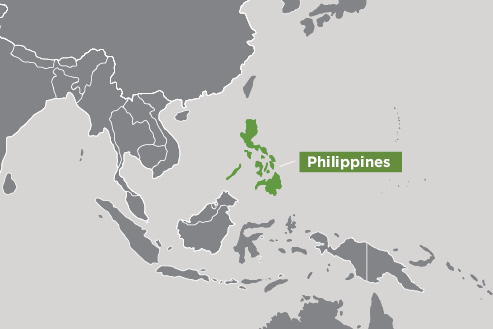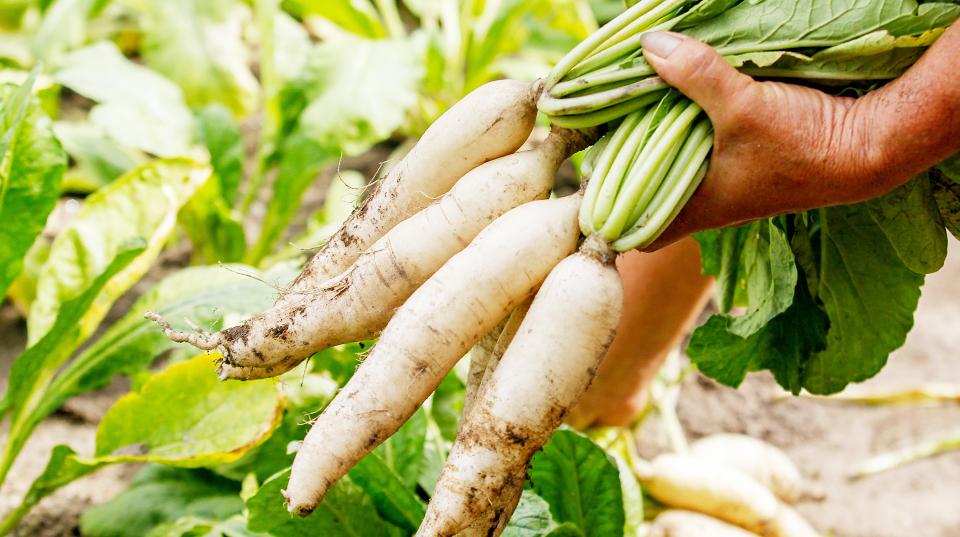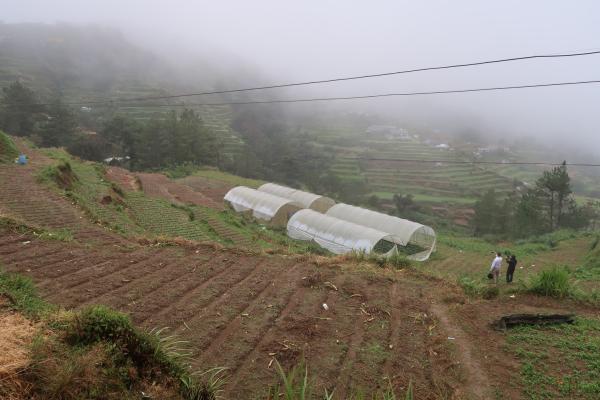Overview
This project aims to characterise short- and long-term soil constraints to vegetable production on upland acidic soils in the Philippines and develop strategies to address these constraints.
Food security, malnutrition and stunting remain as serious problems in the Philippines (Briones et al. 2017) where average consumption of vegetables is only 26.5 kg/year (not including staple vegetables) (Philippine Statistics Authority 2017) compared with the FAO recommended 146-182 kg/yr. The low consumption reflects the high cost of vegetables which is directly attributable to the low productivity of vegetable farming systems.
Apart from improving human health, diversification into high value vegetable cropping offers poor farmers the opportunity to improve their standard of living. However, soil fertility and crop nutrition are serious constraints that greatly contribute to low vegetable crop productivity.
In the Philippines, vegetable production is predominantly practiced on the highly weathered upland acidic soils (mostly Ultisols) where the combination of a cooler climate (at 800-1,500m ASL) and soil type favor vegetable production. The upland acidic Ultisols represent about 40% (~12 million ha) of the total land area of the Philippines and are the dominant soil type used for agriculture (CountrySTAT Philippines 2019).
Expected project outcomes
- Assessment of the status of deficiencies of plant essential micronutrients in Philippine upland acidic soils used for vegetable production. Documented the impact on deficiencies on vegetable crop productivity, and evaluation and development of options to ameliorate issues.
- Strategies to manage the expected risk of metal accumulation developed and evaluated, with materials presented in a format to facilitate change in management that can be used by Philippine agricultural extension agencies.
- Provide extension material to facilitate further adoption outside of the project and into the longer term.
- Strategies to improve vegetable crop nutrient and soil management will be developed and evaluated from which recommendations for improved practice will be published and available for adoption by extension stakeholders.
- Multi-partner engagement to develop career pathways and provide training, mentoring and skill development for early and mid-career scientists and technical staff.





